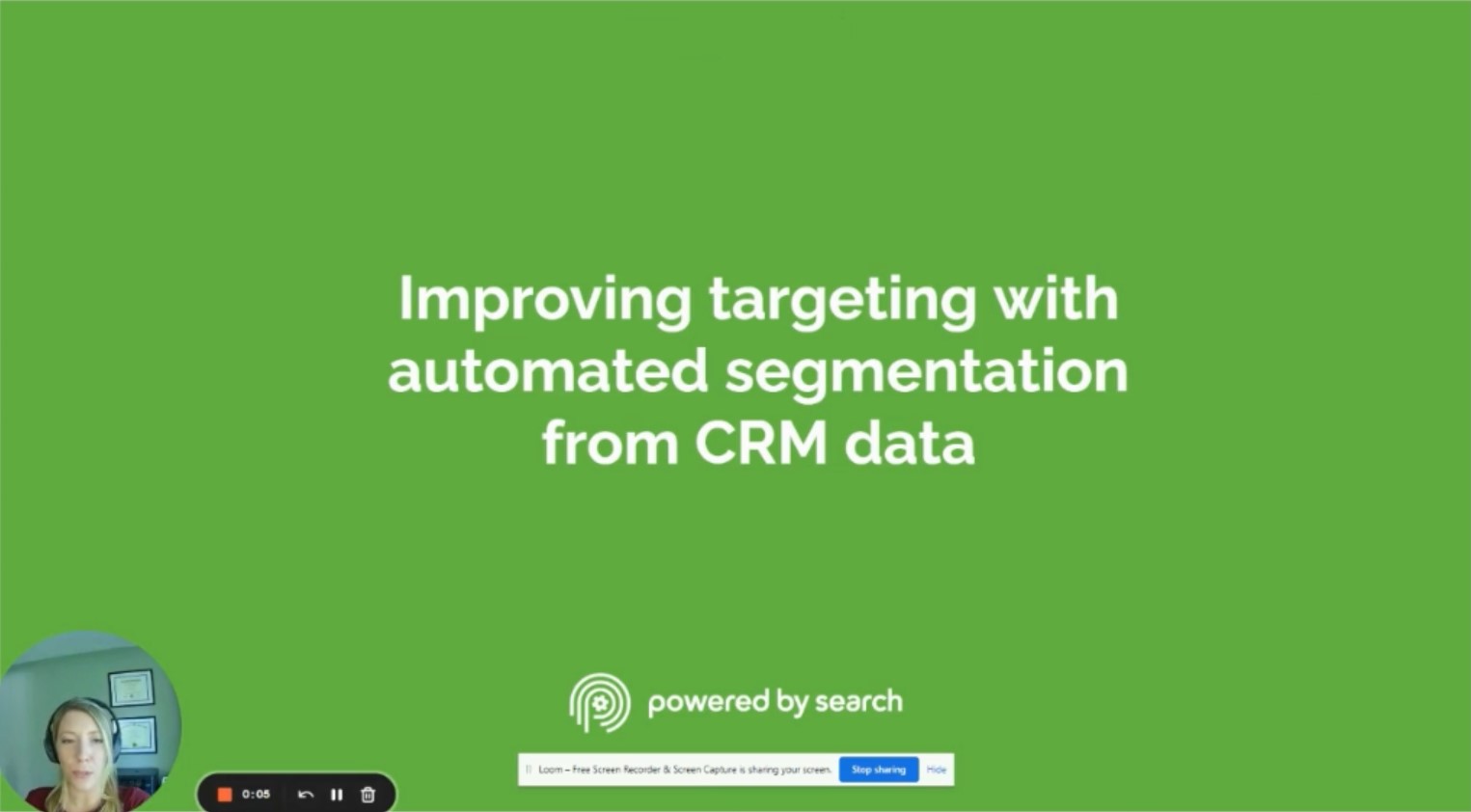“Do you remember the good old days when all you had to do to build, target, or remarket an audience was to drop a cookie in someone’s browser?
Now, I love cookies, just not in my browser.” - Jessica Tozer, associate director of paid media at Powered By Search.
As marketers, cookies are mission-critical elements for PPC success, but as users, we can relate with Jessica.
Last year, at Unlevel 2022, she presented on automated segmentation using CRM data. She brought up some brilliant points on using cookies and data while keeping privacy regulations in mind.
Read on for a quick recap of Jessica’s presentation at Unlevel 2022.
If you’d like to watch her presentation instead, click here.

Since the implementation of the General Data Protection Regulation (GDPR) and the ePrivacy Directive, consumers are becoming more conscious of their online privacy. So you can’t just drop a cookie in their browser without them knowing.
Then how do you go about it?
You’ve to get first-party data of course.
Jessica lists 3 ways to obtain first-party data based on the audience’s stage in the funnel.
- TOFU: Get people to take trackable actions on your website like signing up for a newsletter, taking a quiz, or reading an informative article.
- MOFU: Offer lead magnets like checklists, templates, and guides.
- BOFU: And, of course, at the bottom of the funnel, we have trials, demos, etc.
This is specific to B2B SaaS, but it can also be applied to other industries.
Once we have that first-party data, the next step is getting it back into our ad platforms. But it’s a daunting task to collect and import data manually.
So, what’s the solution? Automation, of course.
How to effectively segment CRM data using automation?
Segmenting CRM data through automation is a game-changer for PPC advertisers. Imagine having a goldmine of data in your CRM, but manually uploading it is clunky and time-consuming.
Not only that, but manual uploading can cause delays when changes occur between life cycles. This can mean missing out on key lifecycle stages and even losing prospects.
Here’s where automation comes in.
This example uses HubSpot, but the same principles can be applied using other CRMs or third-party applications like Optmyzr.
In a CRM tool like HubSpot, you can create a contact list that automatically updates as leads move through different lifecycle stages. Creating an active list automatically pushes this data back to the advertising platform, making targeting much more efficient.
This is especially helpful for remarketing campaigns that aim to push people further down the funnel.
Once the contact list is created, an audience group can be created and selected from that contact list. From there, lookalike lists can also be made, which is helpful for cold prospecting and top-of-funnel campaigns.
By automatically exporting contact lists by lifecycle stage into platforms like Google Ads, Meta, and LinkedIn, you can target people depending on where they are in the funnel without the extra effort and uncertainty that comes with manual uploading.
This means more accurate data, closed gaps in the funnel, and, ultimately, a higher chance of winning over prospects.
Final words
The point is to use automation to send prospect and customer lifecycle stages into the ad platform instead of manual uploads. This ensures that your client is in the right place at the right time with the right message, giving them a competitive edge in their industry.








